The Tank Museum in the UK provides documents for defense companies in this country to repair and manufacture replacement parts for Ukrainian equipment.
The Tank Museum in Bovington, Dorset, England is a favorite destination for military enthusiasts. It displays around 300 tanks from 26 countries, including famous artifacts such as Little Willie, the world's first tank dating back to 1915.
Other notable artifacts include the German Tiger tank, famous for its "impenetrable" armor and powerful gun, or the Churchill series, which was widely used during World War II for its thick armor and impressive climbing ability.
What not many people know about this museum is its role in the Russia-Ukraine conflict.
Late last year, manuals, diagrams and documents on how to repair Soviet-era tanks, long forgotten in the museum's vast archives, were taken out by the museum's management and transferred to a British defense company.
These documents helped the company produce new tracks to replace damaged parts in older Ukrainian tanks and armored vehicles. “When we were asked to help, we immediately went looking for anything that could help,” said David Willey, curator of the museum.
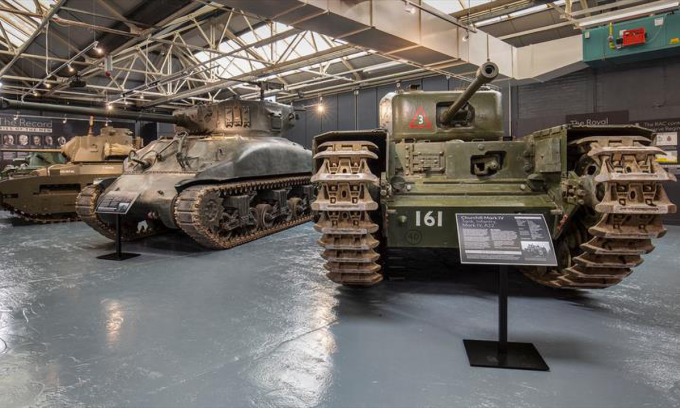
Weapons on display at the museum. Photo: Bournemouth.co.uk
Since the conflict in Ukraine broke out in late February 2022, the UK has transferred 14 Challenger 2 main battle tanks to this country. However, the Ukrainian army is still mainly operating older tanks and armored vehicles manufactured in the 1960s and 1970s, when Ukraine was still part of the Soviet Union, such as the MT-LB multi-role armored vehicle, BMP-1 infantry fighting vehicle or T-72 tank.
Many of them had their tracks damaged by mines on the front line, but Ukrainian forces were unable to repair them due to lack of manpower.
Willey said British defence companies were always ready to help Ukraine, but repairing and manufacturing certain parts and equipment required expertise or Cold War-era knowledge that these companies did not currently have.
Cook Defence Systems, based in Stanhope, County Durham, was ordered last year by the British government and the International Fund for Ukraine (IFU) to supply 500 replacement parts for older Ukrainian tanks and armoured vehicles.
To produce new tracks for them, the company used reverse engineering to analyze the design and understand how the parts were made. Cook Defence Systems then contacted the Tank Museum in Bovington, asking if they still had any diagrams or manuals on how to make these tracks.
“We had hundreds of thousands of reference documents, charts and drawings. They were stored away, but it didn’t take long for us to find what they were looking for,” Willey said. “We pulled out details like the angles and tensions needed to build new tracks, as well as old tank manuals and technical drawings from the archives and gave them to them.”
“It’s really interesting,” he added. “The need for these documents, which seemed to have disappeared over time, has now resurfaced, making them useful in the modern era.”
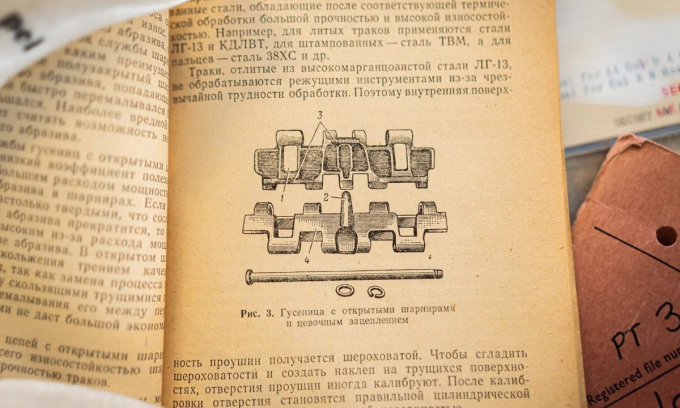
Diagram of the T-72 tank track system in the Tank Museum archives. Photo: Telegraph
Willey said Cook Defense Systems employees went to the museum to request a part from a T-72 (a Soviet-made main battle tank) on display as a model. However, the company still had trouble making a replacement part with the same specifications as the original.
“We have done a lot of work supplying armoured tracks to the British Army and our allies, but the Ukrainian contract is a very different challenge,” said William Cook, the company’s director. “We have very few references and are working on a contract with a level of urgency that we have never seen in peacetime. Everyone knows that the lives of Ukrainian soldiers on the front line depend on what we do.”
With the Ukrainian army facing many difficulties on the battlefield and having to switch to a defensive position, being able to return damaged tanks to the front line will help the country's forces better withstand Russian attacks.
Although not as effective in taking on the role of a spearhead as modern versions, old Ukrainian tanks can still be used as mobile artillery platforms, providing long-range fire support for infantry units, or participating in lightning raids on weak points in enemy defenses when the opportunity arises.
"Some of the Ukrainian tanks date back to the 1950s, but as long as they have engines and guns, they are still a formidable threat," Willey said. "They are not the most modern, but Ukraine wants as many tanks as possible. The challenge now is to get as many of them on the battlefield as possible."
This is not the first time the Tank Museum in Bovington has used its expertise and resources to help a side in modern warfare. One such example was the NATO operation in Libya in 2011, which involved British forces.
The Libyan army at that time mainly operated older T-54 and T-72 tanks, two types of equipment on display at the Tank Museum. Through the artifacts in the museum, the British Air Force had the opportunity to observe and familiarize themselves with Libyan tanks, thereby being able to deal with them more effectively in real-world environments.
The Tank Museum also regularly provides specimens, documentation and expertise to support the repair and maintenance of military equipment that the UK has transferred or sold to many countries around the world .
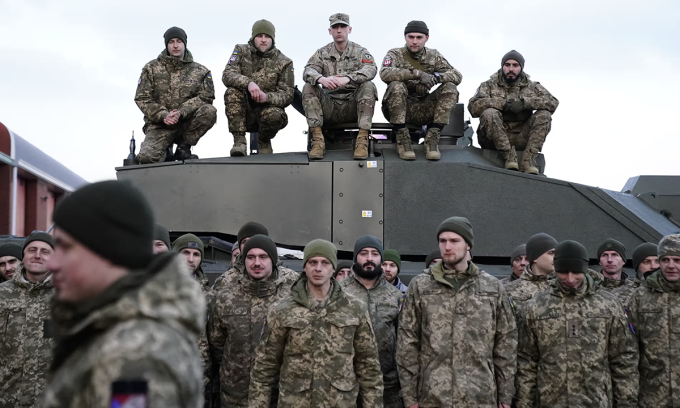
Ukrainian soldiers at a training session in Trai Bovington in this photo released in March 2023. Photo: Guardian
In addition to supplying spare parts for Ukrainian equipment, the Tank Museum has other close ties to Kiev. It is located inside Camp Bovington, where tens of thousands of Ukrainian soldiers have been trained in recent years, including how to drive the Challenger 2 tank.
During a visit to the UK last February, Ukrainian President Volodymyr Zelensky toured Camp Lulworth, a site close to Camp Bovington.
“We see Ukrainian soldiers all the time,” Willey said. “Some are experienced, some are new recruits. But they are all eager to learn and full of fighting spirit.”
He said he felt proud to be able to contribute to Ukraine's fight. "We have an obligation to support them. It's common sense to help an ally in need," Willey said.
Pham Giang (According to Telegraph, AFP, Reuters )
Source link




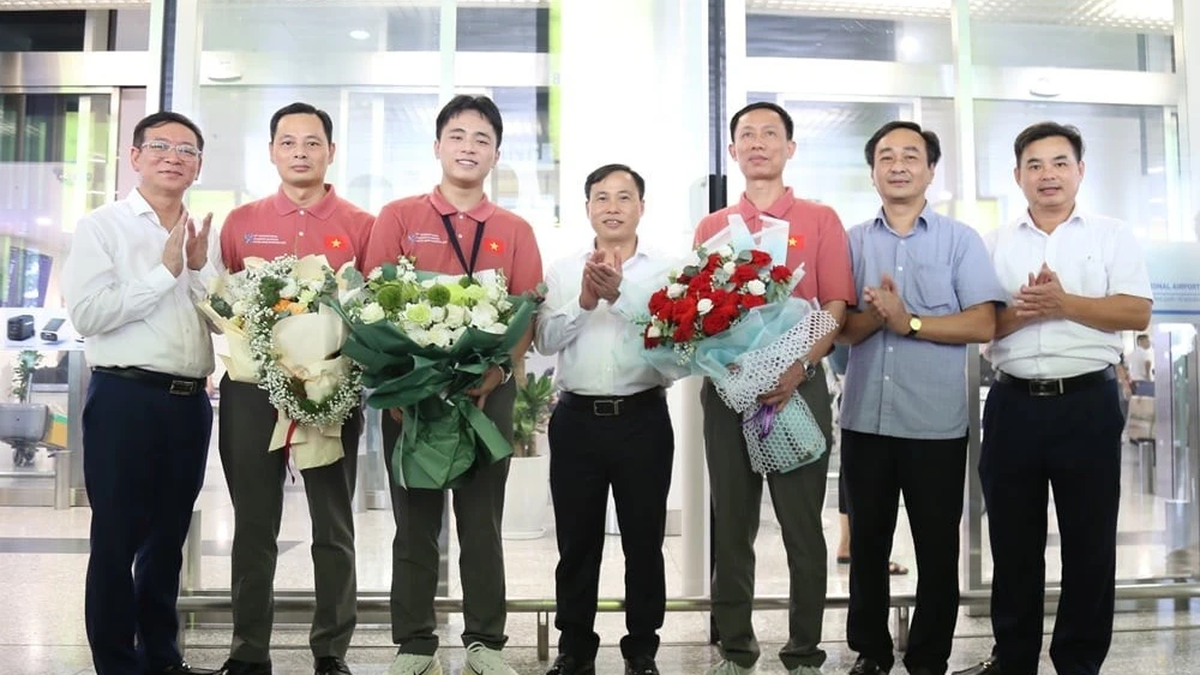
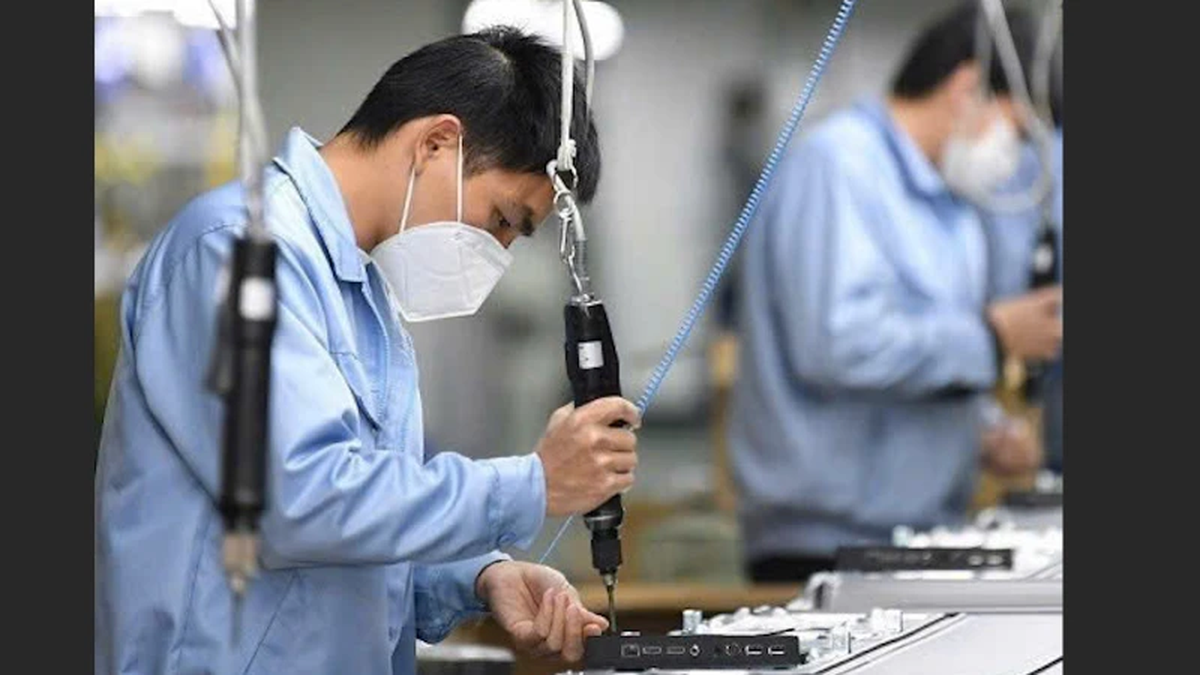
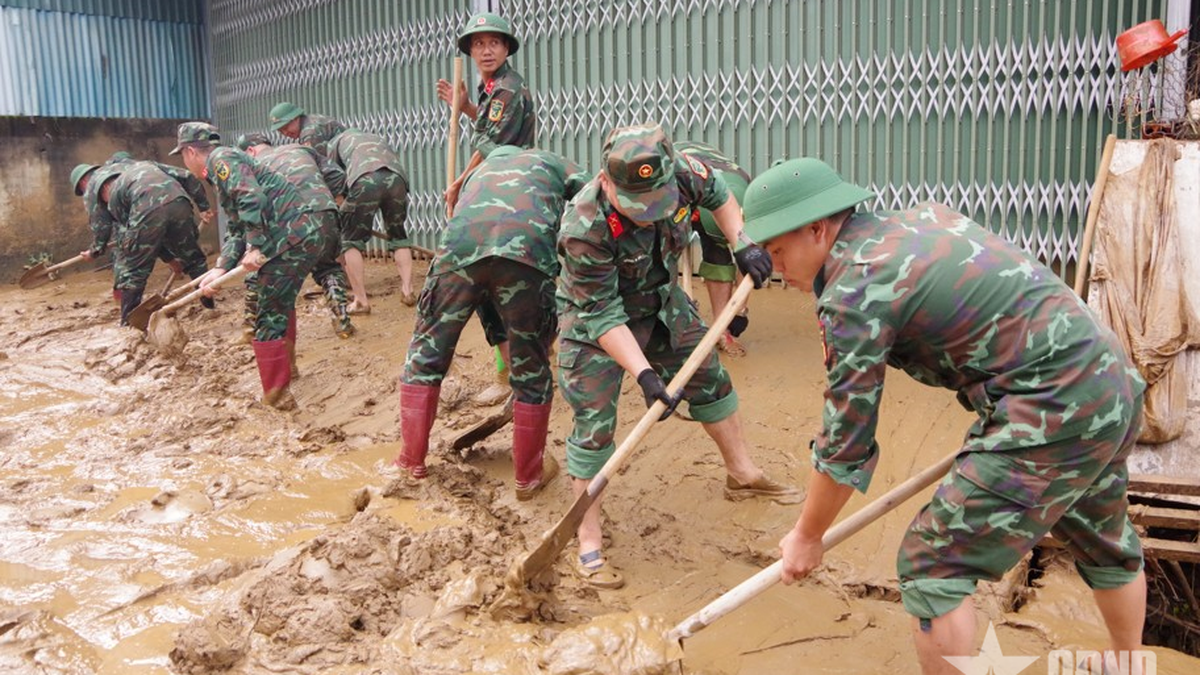
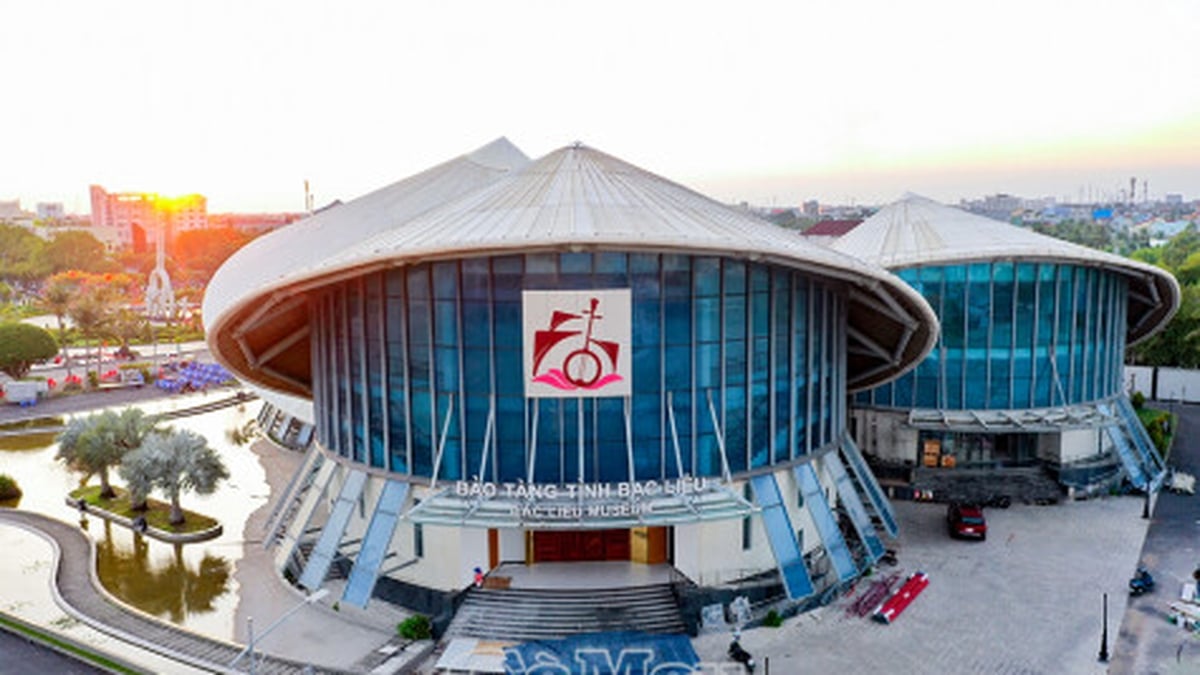
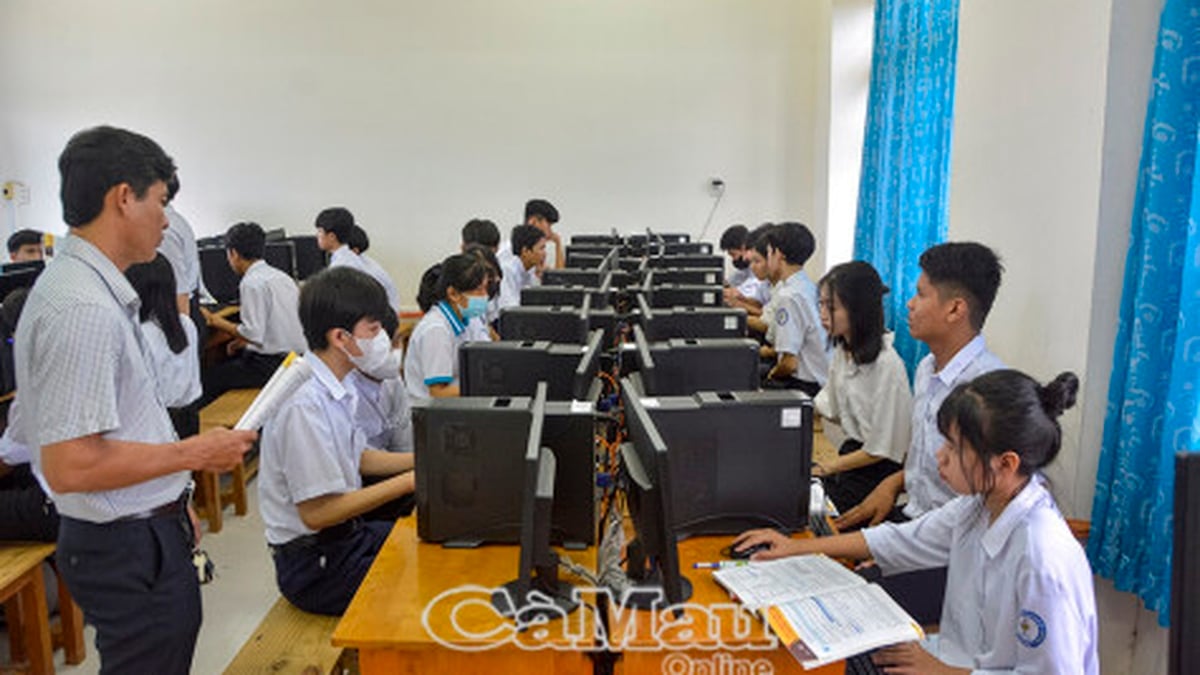


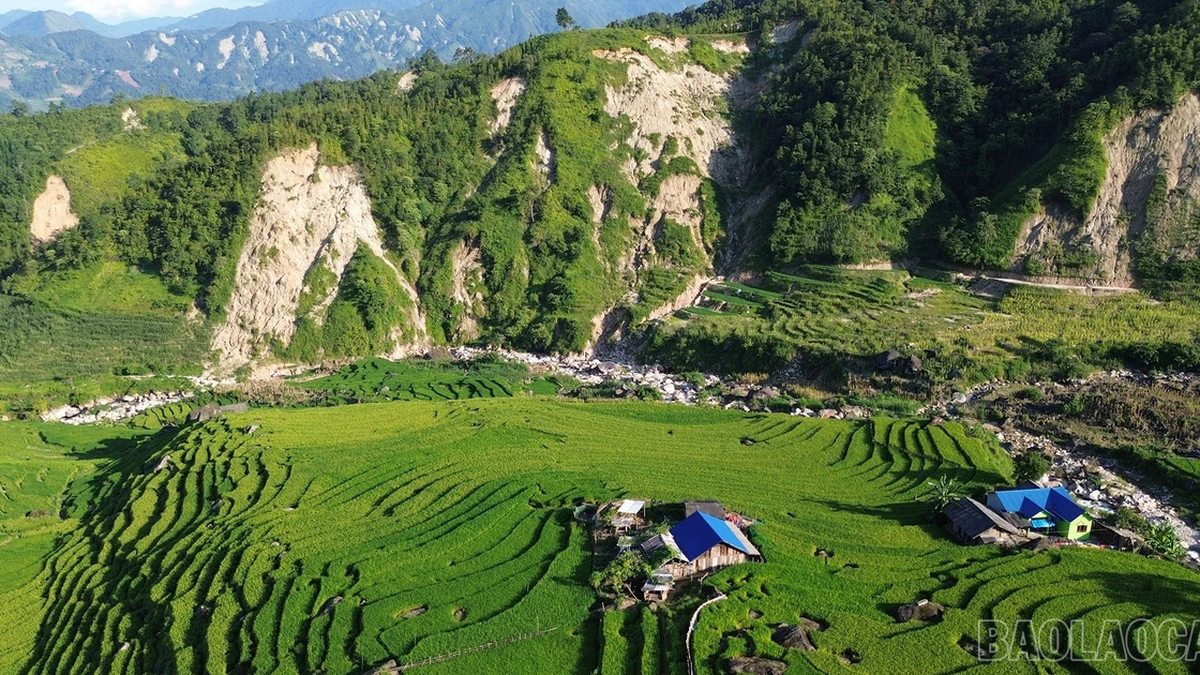























































































Comment (0)